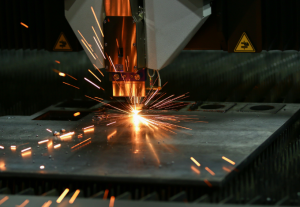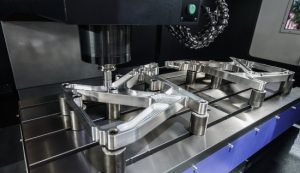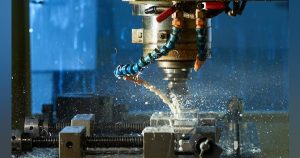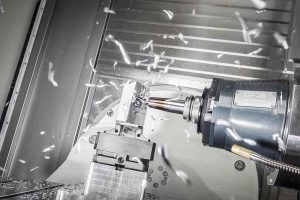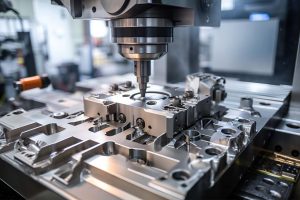CNC machining is a precise manufacturing process that uses Computer Numerical Control (CNC) systems to direct tools and machinery for automation. By entering precise design parameters, CNC machines can cut, drill, and engrave materials like metals and plastics, often used for complex parts and components. For instance, CNC milling machines can achieve cutting speeds of several hundred meters per minute, with precision within 0.01 millimeters.
Definition of CNC Machining
CNC machining is a field of manufacturing in which tools and machinery control by the computer under pre-programmed guidelines that controls machine tools. Computer numerical control (CNC) is the automation of machine tools by means of computers executing pre-programmed sequences.
While in industrial production, the applications of CNC machining range from aviation parts to automotive components. As an example, Boeing uses CNC machines in the manufacturing of aircraft components for precision and complexity. Moreover, CNC technology is widely employed in the manufacturing of electronic devices along with architectural decorations as well as medical equipment.A familiar saying is that the industry experts, “Enterprises that master CNC technology can gain advantages in the fierce market competition.”
CNC machining can produce high-flexibility and adaptability which are quite appropriate for meeting a range of market demands that always change. As an example, during the COVID-19 crisis many machining businesses were able to rapidly convert their operations to develop affirmative medical equipment and PPE with CNC technology, therefore help stem supply shortfalls of critical goods such as hospital supplies.
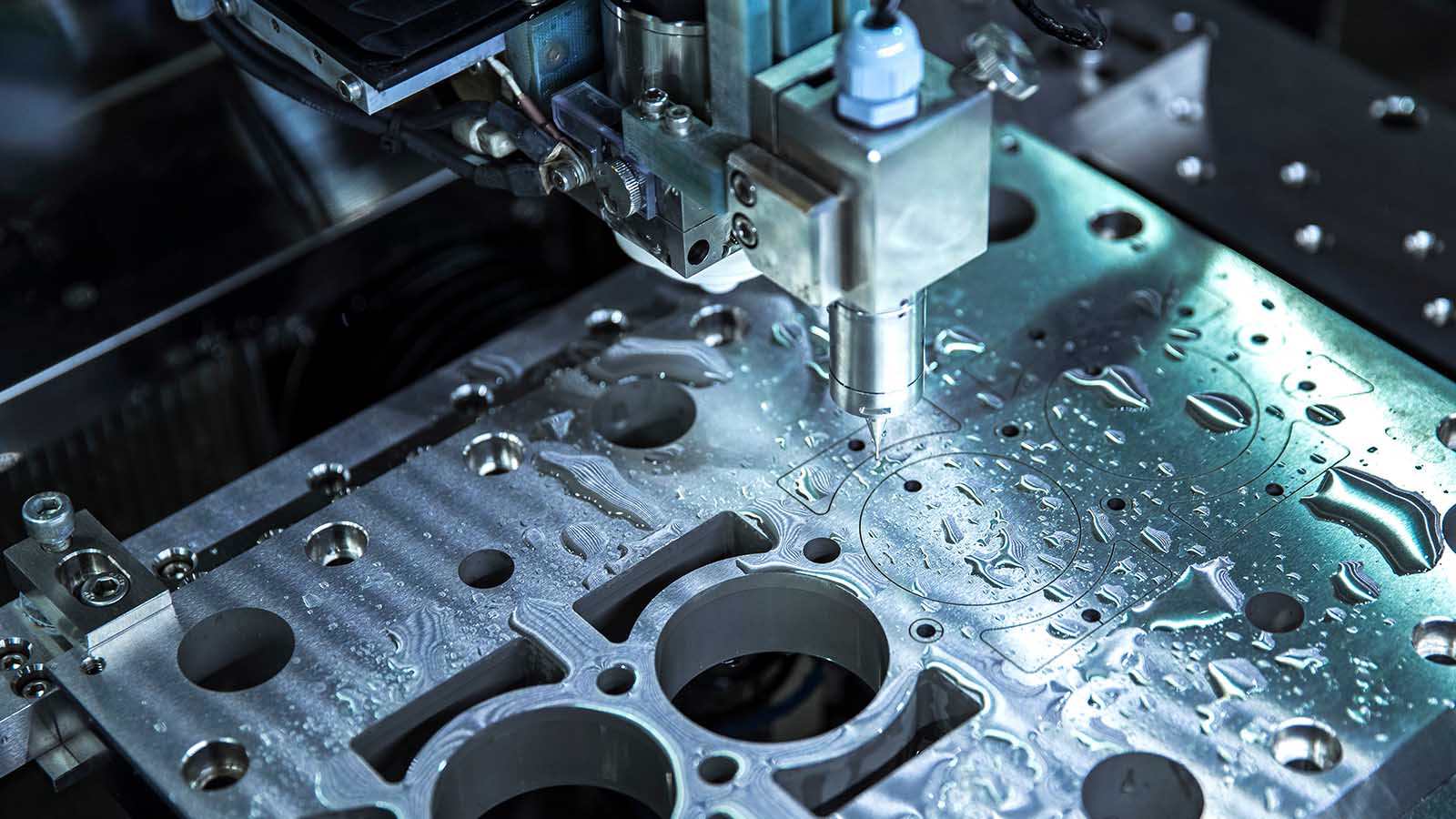
Common Types of CNC Machines
The most common types of CNC machine tools include CNC milling machines, CNC lathes, CNC drilling machines, and CNC grinding machines.
CNC milling machines are widely used in the aviation and automotive industries. For example, a typical CNC milling machine can reach speeds of up to 2000 rpm during operation and is equipped with up to 5 axes, allowing it to perform precise three-dimensional cutting and engraving.
CNC lathes focus on processing rotating workpieces. In terms of production efficiency, CNC lathes can typically produce more than 100 pieces per hour, greatly enhancing the efficiency of the production line.
CNC drilling machines are mainly used for drilling operations. For example, an advanced CNC drilling machine can perform up to 100 drilling operations per minute on materials with extremely high hardness, such as titanium alloys.
CNC grinding machines are used for fine processing of material surfaces, capable of controlling precision within 0.001 millimeters when producing high-precision molds and tools.
CNC Programming and Operation Process
CNC Programming is a necessity to enter the data like codes and parameters according to machining blueprints, such as cutting depth, speed (in hundreds or thousands of rotations per minute), workpiece specific dimensions, etc.
Once the machine is gone through calibration, therefore aligning all axes to precision. For instance, the calibration of a system will usually take at least 15 minutes from start to finish, accounting for machine warm-up and movement tests.
The CNC machine is then powered up to test run the compiled program, ensuring that it was constructed properly. The trial run phase may require watching one full machining cycle of the machine.
Confirm that the workpiece clamping arrangement and cutting tool are correct before committing to production. It is important to do so because a mistake in either of these can alter your entire process, ultimately wasting time and money. This means that with the use of carbide cutting tools, its life can be from 3 to 5 times longer than other steel blades or drill bits.
As industry professionals explain, “Accurate CNC programming and meticulous operation procedures guarantee high-quality products.” Proper process management in machining not only improves the precision of the process but also greatly reduces production costs and time.



